SKP's Java/Java EE Gotchas: Clash of the Titans, C++ vs. Java!
DZone
FEBRUARY 27, 2021
One, by researching on the Internet; Two, by developing small programs and benchmarking. Considering all aspects and needs of current enterprise development, it is C++ and Java which outscore the other in terms of speed. The legacy languages — be it ASM or C still rule in terms of performance.



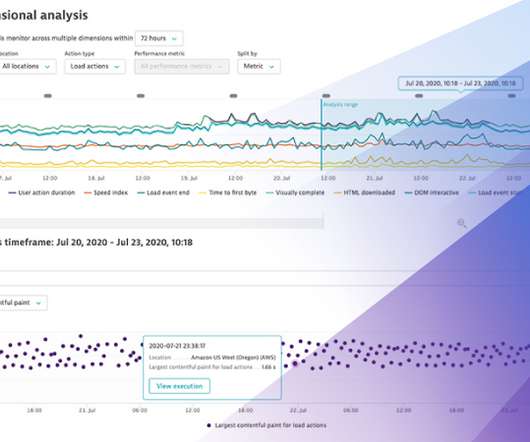

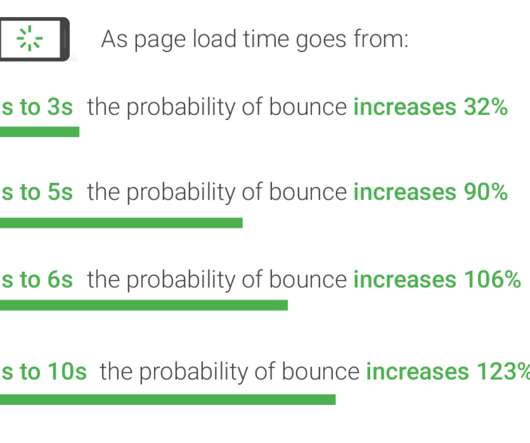

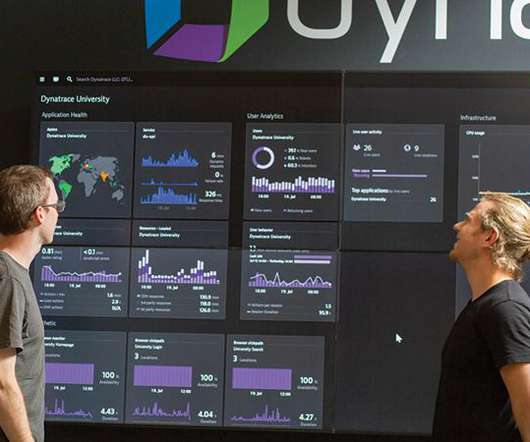



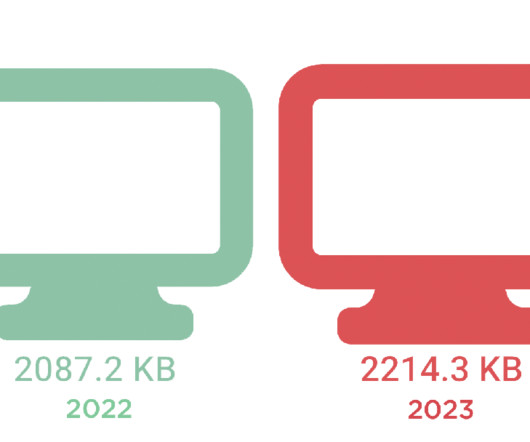





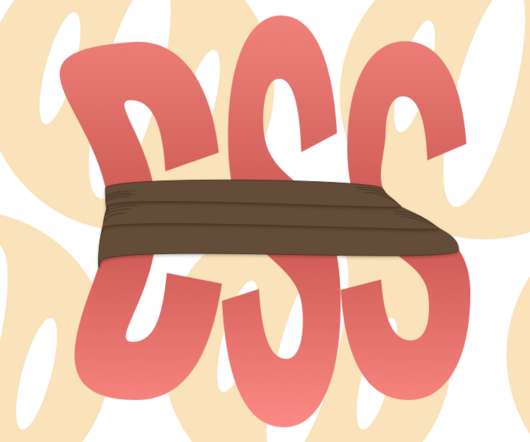












Let's personalize your content